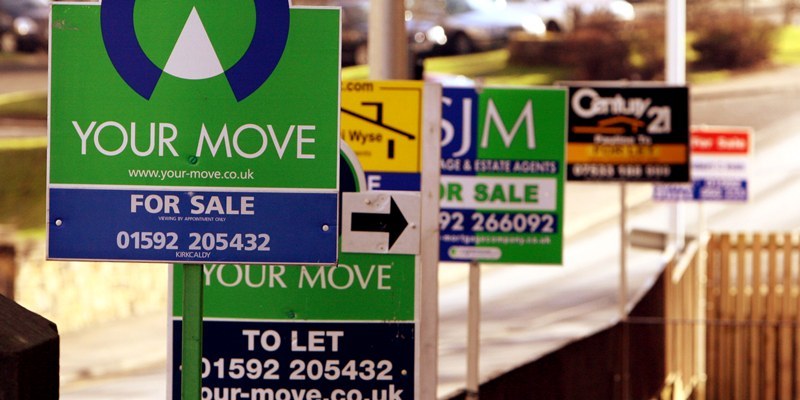Confidence is returning to Tayside’s recession-hit property sector with an increase in sales in the first half of 2010 and more homes being put on the market.
Tayside Solicitors Property Centre manager Peter Ryder said there were good reasons to be optimistic following an extremely difficult year in 2009.
In the first six months of 2010, the number of house purchases in the region was more than 10% ahead of the same period last year and the total value of all properties sold rose by 16% from £128.1 million in 2009 to £148.7 million this year.
The cost of a house in Tayside also saw a year-on-year jump with the average property coming in at £139,917 — £6500 more than was achieved 12 months ago.
Mr Ryder said people were again thinking about investing in property after the turmoil of the banks collapse and global economic downturn.
He said he was particularly pleased to see more properties coming on to the market as it was an indication of renewed confidence amongst sellers and it gave prospective purchasers more options.
According to TSPC’s statistics, semi-detached bungalows have seen the greatest resurgence in the last year with the average price rising 12.4% from £120,215 in 2009 to £135,144 last month.
Flats were close behind with a recorded rise of 11.4% — from an average of £90,185 in 2009 to £100,527 — while semi-detached villas were the only house type to see a drop in values on the year from £133,360 in 2009 to £129,276.
Mr Ryder said the region’s property market was starting to resemble what it had been before the downturn, but there were still uncertain times ahead.
“Obviously 2009 was a difficult year but certainly there is now more reason for optimism,” he said.
“Sales are up and more importantly new registrations — the number of new properties coming on to the market — are up which basically gives buyers more choice and is a good thing for the market.”
